Edible Gardening Q & A
Many people are planting edibles for the “Farm-to-Table” healthy life-style, or just for a fun activity with the kids! However, we are asked lots of questions from those who are experiencing trial and error as well as those who are ready to “DIG” it, but have some initial questions. Below are several questions and answer examples to help get growing! You can always send us your direct question here or come in to visit with an associate!
Growing Herbs for a Cook's Garden
What’s the best way to start a cook’s herb garden? Wondering about pots versus in-ground, seeds versus plants, etc.
We could go into a lot of detail about growing each herb, but here are a couple general things to consider. Herbs are perennials, meaning they come back every year, and some are annuals or grown as annuals, meaning they need to be planted every year. Some perennial herbs are rosemary, thyme, oregano, sage, mint and lavender; We usually recommend planting these as transplants. Some that are annuals or grown as annuals are basil, cilantro, parsley and dill; We usually say it’s fine to plant these from seeds. Also, many of the culinary herbs we use often are originally from the Mediterranean and they prefer drier soil like you’d find in that part of the world. That’s why growing in containers is often a good option, because soil usually dries out more quickly in containers.
If you’re growing in the ground, it’s important to make sure the soil won’t hold water. You can do that by mounding the soil or planting at the top of a slope rather than in a low spot. We especially recommend growing perennial herbs like rosemary and thyme in the ground because they can become part of your landscaping, but they grow well in containers too.
Fertilizing Herbs Indoors
I can’t grow outside anymore because of my HOA so I’m growing mint indoors. I accidentally fed it the other day with houseplant fertilizer. Is it still okay to eat it?
Houseplant fertilizer is typically a 10-10-10 fertilizer, meaning it has equal amounts nitrogen, phosphorus and potassium — that makes it a balanced fertilizer and typically, vegetable and herb fertilizer is balanced, too, though with smaller numbers, like a 5-5-5. The danger of the houseplant fertilizer is that it contains more nutrients and you could’ve overfertilized the mint. But it should be OK to eat — just keep watering and back off the fertilizer a little.
Why Can't I Grow Herbs From Seed?
I keep buying seeds for herbs but the only ones that grow are parsley, basil and dill.
It may seem cheaper to plant herbs from seed, but many herbs don’t really grow that easily from seed. Transplants are usually a better option. Some of the herbs mentioned — parsley, basil and dill — are exceptions, but we still recommend buying parsley and basil as transplants, as well as rosemary, thyme, lavender, oregano and sage. Herb seeds to easily plant from seed are dill and cilantro.
Growing Cilantro in our Warm Climates
I am usually lucky and have a green thumb except for cilantro. Any suggestions?
Cilantro can be tricky! Even though it seems like it would be a summer plant, it actually grows best in cooler weather, so in spring and fall. It can also grow in a little shade. In warmer climates like us, you can actually plant it in the fall and grow it through winter into spring.
Can I Keep Cilantro and Basil From Bolting?
How do you keep herbs like cilantro and basil from going to seed quickly?
This is a great question, but let’s start with timing first. Cilantro seems like it would be a summer crop, but it actually prefers cooler weather, so be sure to grow it in spring and fall instead of the heat of summer. Basil likes warmer weather. Most herbs will flower as the weather warms. With basil, you can pinch the blooms off to keep the plant producing more leaves. With cilantro, when it starts bolting (going to seed by blooming) as it gets warm, just let it go, but leave it in the garden to attract pollinators and then to dry and harvest the seed, which is the spice called coriander
When Can You Start Cutting Herbs?
How soon can you start harvesting herbs from new plants?
For most herbs, harvest from the outer part of the plant and leave the center alone — that’s where new growth comes from. That’s also true for harvesting lettuce and other greens.
Shade-Tolerant Herbs
Are there any herbs that don’t require full sun?
Yes — cilantro, parsley, thyme, mint, chives and tarragon are a few herbs that can grow in part sun.
What's Wrong With My Basil?
My basil is planted in a self-watering container with oregano and parsley. The oregano and parsley are doing well, but the basil is looking very light in color, not the normal bright green I usually see. What am I doing wrong?
It sounds like your basil is getting too much water and could have root rot. Parsley and oregano aren’t quite as susceptible though they can get rot too. You might cut back some of the affected basil leaves and then reduce watering a bit to see if that helps.
Am I Planting Lavender Wrong?
What is the easiest and fastest way to grow lavender? I keep buying lavender plants and they keep dying. Please help.
It’s really important that lavender is in well-draining soil, meaning it doesn’t hold water. If you’re growing in a pot, use a clay pot that dries out quickly. If you’re growing in the ground, be sure the lavender is at the top of a slope where the soil will drain well. You can also add rock mulch or a little sand in your soil to help with drainage. Lavender can have problems with fungus, especially in our humid environment, so when you have larger plants, you want to trim them for better airflow. For large plants, just prune back where you can tell there’s not good air flow. Only harvest about one-third of the blooms at a time.
How Do I Make Compost at Home?
Several have asked about making compost at home, so we’ll start with some basics. Generally, you make compost by mixing organic materials from around your home like grass clippings, kitchen scraps and leaves to decompose into compost, which is full of nutrients that benefit your soil.
You need a 3:1 ratio of what we call brown materials, which are slow to decompose, and green materials, which are quicker. Browns are carbon-rich and include leaves and bark; greens are nitrogen-rich like grass and vegetable scraps. You need more browns — 3 parts to every 1 green — to slow down the decomposition process. You also need water to make compost; a lot of problems come with compost being too dry, because it needs water and nitrogen, or to wet, probably because there’s not enough brown material.
You can make compost just in a pile in your yard, or you can use a bin made of wood, plastic, or metal. Either way, your bin needs to provide easy access and good airflow.
What About Ants in a Compost Bin?
How do I get rid of ants in a container composter?
Ants are not necessarily a bad thing in compost, and they may be helping break things down, but if you have a lot of them, it could also be a sign that your compost mix is too dry. To help, turn it with a shovel or pitchfork, sprinkle in some water, and add some nitrogen, like with a little bagged manure compost.
How Do I Fill My Raised Bed?
I have raised beds that had vegetable plants in them last year. What should I do to prepare the beds for a new growing season?
We typically recommend a mix of roughly 1/3 topsoil, 1/3 peat or other lightweight amendment and 1/3 compost, mixed together well in your bed. Peat is lightweight and fluffy, so it works great, but it’s not very sustainable; some alternatives are coconut coir, which may be hard to find or expensive, or shredded leaves or bark, which you may already have around. You can also add a little perlite, a soil amendment that promotes good drainage and air flow in your soil. If you already have soil in your bed, but just need to refresh it for this year, you probably just need to add a few bags of compost to get some nutrients back in there. But if your soil feels really hard and dense, you can add some perlite and peat or shredded leaves, too.
Raised Bed Soil pH and Vegetables
How do you accommodate different soil pH preferences amongst plants that share a raised bed?
Most vegetables like a pH of 6 to 7, so you shouldn’t have a big discrepancy in the soil pH needs of vegetables in a raised bed. One vegetable that likes more alkaline soil is asparagus, and an edible plant that likes more acidic soil is blueberries — for each of those, we’d recommend growing in their own beds.
What Not to Grow in a Raised Bed
Are there any vegetables that do not do well in a raised garden?
If a raised bed is deep enough, most anything can grow well. We recommend it be at least 12 inches deep.
Should I Use Flowers in My Vegetable Garden?
Would you recommend flowers around your garden to attract pollinators?
Yes, we do! We also recommend planting a lot of herbs around your veggies to help with pests and to attract pollinators.
What Combos to Grow in Containers
I have a small space that gets full sun. Can you recommend some pairings that will do well together in containers? I am all over basil, parsley, tomatoes … any other combos?
Tomatoes with basil and parsley sounds great. We also love growing peppers in containers, and you could grow them with oregano and onions. Lettuce and greens do really well in containers; so do most herbs. We also recommend including some flowers like marigolds — they add color and can help with insect pests.
Growing Cucumbers in Containers
What are your thoughts on growing cucumbers in a container?
You can definitely grow cucumbers in containers! Choose a bush or compact variety, which just means it’s a shorter vine. You’ll need to give it a trellis that it can grow up. You also want to be sure to get a container large enough — it should hold roughly 5 gallons of soil, which is about a 14-inch wide pot.
Can I Plant Last Year's Seeds?
I have some seed packets I got a year ago. Will they grow?
Our answer is: Probably. Most seeds will keep for a couple years so give it a try.
Why Do You Mulch Your Vegetable Garden?
Mulching plants is important for many reasons: It prevents weeds, helps the soil retain moisture and breaks down to improve your soil over time. Good options include shredded cedar, cypress or redwood mulch, straw, ground pine bark and shredded leaves. Overall, you want something lightweight that will break down quickly to help improve the soil, so larger chip or bark mulches aren’t the best.
Should I Use a Trellis?
Can or should you trellis veggies like cucumbers, squash and zucchini? I have a 4’x4’ bed and it’s looking like my eyes were bigger than my garden 😍. And if so, what kind of trellis system is best?
We definitely recommend trellising. It maximizes space and also keeps plants off the ground, where they’re more likely pick up diseases or rot. And it makes produce easier to pick. There are a lot of trellising systems out there. Go with something sturdy, which means probably metal. Also consider where you’re going to store them when the season is over. If you have limited space, look for ones that will fold up or flatten for easy storage.
Garden Placement in Hot, Sunny Climates
My veggies seem to wilt even when watering. Should I consider putting some of them where they get morning sun but afternoon shade?
The rule of thumb is that vegetables need six hours of sun a day, but if it’s really hot, a lot more than that could be too much. Afternoon sun is hotter; that’s also the time of day when more water has evaporated, so plants just get dehydrated. So in our really hot area, morning sun is better.
If you’re not sure whether an area gets morning sun or afternoon sun, or how much sun, just take some time to watch it.
Tips for Growing Watermelon
Any advice would be greatly appreciated on growing watermelon.
Watermelons like hot weather so wait until the weather warms to plant. They grow on really long, vigorous vines so you need plenty of space — plant them 3 to 5 feet apart. You’ll want to keep weeds down in the area; mulch after planting rather than waiting until the vines get going. Watermelons take a long time to grow — usually around 3 months until harvest — so keep them watered and fed and be patient. They’ll be worth the wait.
How Many Tomato Plants Do I Need?
Will you get tomatoes if you plant only one plant?
Yes, tomato plants are self-pollinating, which means you only need one plant to get fruit. That being said, if you have the space, plant more!
Any Favorite Determinate Tomatoes?
What are determinate tomatoes?
Determinate tomatoes are also called bush tomatoes. They grow to roughly a certain height and then stop, and they usually produce their fruit in the same time frame. Determinates are good for smaller spaces. Indeterminate tomatoes, on the other hand, are also called vining tomatoes and they keep growing taller and making tomatoes until they’re killed by frost or something else. Both types need to be trellised or staked. A couple of popular determinate tomatoes are: Roma, a paste tomato, which are the best for canning and making tomato sauce; and Celebrity, a good all-around, award-winning red tomato.
Why Are My Tomato Leaves Yellow?
Our tomato plants don’t look well. They have lots of yellow leaves and the leaves have holes. What should we do?
It’s hard to say what’s causing holes in the leaves without seeing them, but the yellowing may be a nitrogen deficiency that affects the plant’s overall health, making it more susceptible to pests. Try fertilizing your plant with a nitrogen-rich organic fertilizer. You can also add a little compost around your plants and water it in well.
What Causes Blossom End Rot on Tomatoes?
I have horrible luck growing Roma tomatoes in containers. It looks like it’s growing great then the bottom turns brown then black. I try to consistently water, so what am I doing wrong?
You're experiencing blossom end rot, which is very common. It’s actually caused by a calcium deficiency, but the mechanics are really about fluctuations of water. Plants need consistent watering, so sometimes you’ll see end rot after a heavy rain followed by a period of drought. Consistent watering is key, but it can be harder when you’re growing in containers. To help with this, choose containers that don’t dry out quickly — look for plastic or glazed clay instead of plain terra cotta. Also, if you have a tomato with end rot, it’s still fine to harvest and eat the good portion, and you can let the plant keep growing. Just because one or two fruit have blossom end rot doesn’t mean they all will.
What Veggies Regrow From Scraps?
We’ve had a lot of questions about re-growing vegetables from scratch. It's definitely doable with a few vegetables, including potatoes and celery as well as some types of lettuce and cabbage.
Should I Start Root Crops Inside or Outside?
Is it advisable to start root vegetables (specifically carrots and potatoes) from seed indoors? I feel like transplanting them will disturb the root.
While you can start root veggies indoors, we find it’s really best to start them outdoors where you’re planning on growing them. You may need to “thin” your seedlings a little as they come up to get them spaced out correctly for growing. This basically just means picking out some to allow others to grow.
When Are Root Crops Ready to Harvest?
How do you know when root vegetables are ready to harvest?
There are a few vegetables where the part you eat grows under the soil: carrots, beets, radishes and turnips among them. For much of the time these plants are growing, all you’ll see is the tops, the greens. These are important for taking in sunlight and directing that energy to help the root grow below the soil. When the roots start getting larger, you’ll start to see the tops popping up out of the soil a little. When those tops of the roots really start pushing up out of the soil, that’s when you know they’re ready to harvest..
Planting Onions
Onions can be planted from seed or sets, which are small bulbs, but you can also plant from bare-root bundles. They’re just small onions and they’re very easy to plant. You can plant them in spring starting a little before the last frost date. Just separate out the individual onions and plant them about an inch down so the bulb portion is below the soil. Plant them about 6 inches apart for mature onions or 3 inches apart for scallions. You can hill up the soil a little to help give them good drainage. For full-size onions these will take a couple months to grow.
When Will My Garlic Be Ready?
I planted garlic in early spring and I see shoots. Can I expect fully developed garlic this summer?
Fall is usually the best time to plant garlic — it overwinters and then starts really growing in spring — but you can also try planting in early spring. If you planted in spring, you should be able to harvest in mid to late summer. If you see shoots coming up, that’s a good sign. Just keep them watered and mulched and you should be good to go. You'll know bulbs are ready to harvest when the tops start turning yellow and falling over. Save some of your largest bulbs and plant those this fall.
How to Know When to Harvest Potatoes
Potato plants will start to turn yellow and die back when the roots are ready to harvest. It usually takes a few months after planting. You’ll dig around in the soil to find the potatoes, which is pretty fun. You can harvest “new” potatoes sooner, if you want — they are just young potatoes.
Why Aren't My Pepper Plants Flowering Yet?
People ask about green pepper plants that are all leaves and no flowers or fruit …
Peppers like hot weather and plants don’t really start producing flowers and fruit until the temperatures get warmer. It’s a good sign if your plants look healthy otherwise.
Can I Grow Lettuce on a Balcony?
Can you grow lettuce in flower boxes on a balcony?
Yes, you can, as long as you have at least part sun, which means about four hours a day. Lettuce would also be great for window boxes.
How Do I Harvest Lettuce?
How do you harvest lettuce? Can you use a little at a time or is it a one and done thing?
Lettuce comes in a couple types: either heading lettuce varieties or leaf lettuce varieties. Heading varieties like iceberg and Romaine are typically harvested as the whole plant — as you say, one and done — but leaf lettuce varieties can be harvested often while growing, picking from the outside of the plant while more leaves grow from the inside of the plant. These are sometimes called “cut and come again” varieties and you’ll see that term used for flowers and other vegetables, too. We recommend both types but if you’re looking to use a little at a time, leaf varieties are best.
What is the Fungus on My Cucumber and Squash Leaves?
Why do my cucumbers and squash get a kind of fungus on the leaves and quit producing?
What you’re seeing is called powdery mildew — it looks like baby powder on your leaves. It’s a very common fungus that you’ll see particularly on cucumbers, squash and melons. As the mildew spreads, it damages your plant.
You can prevent powdery mildew by planting resistant varieties, by not crowding your plants, and especially by not watering from above — you want to water at the base of your plants, not on the leaves, which can promote fungal growth on leaves.
You can also try to treat it with an organic fungicide, like neem oil. But if your plants look pretty infected, you should pull them out and get rid of them to avoid spreading it through your garden.
How Do I Get Rid of Squash Bugs?
I have never had squash bugs before last year. How do you get rid of them and will I have them again this year?
With squash bugs, too, you want to attract their natural predators, which include spiders and a particular fly that loves plants in the dill family: cilantro, dill, and parsley. Plant these alongside your squash, cucumbers and melons. Remove the little red eggs as soon as you see them on leaves. You can also try an organic treatment like neem oil.
How to Prevent Tomato Hornworms
How do you keep tomato worms off your tomato plants?
Pick off the little green worms as soon as you see them on your plants. The best way to prevent them from taking over is to attract their natural predator, specifically parasitic wasps. Parasitic wasps love many of the herbs and flowers that we love, including dill, cosmos, fennel, thyme, yarrow, zinnia and borage; plant these alongside your tomatoes, peppers and eggplants to keep hornworms in check.
What to Do About Roly Poly Bugs
How do I get rid of roly poly bugs? They are eating my strawberries right now but always seem to get to my veggies and fruit. I don’t want to use sprays as I’m trying to keep my garden organic.
Roly poly bugs are also called pill bugs, and there are a lot of organic remedies for them from chili pepper spray to garlic spray. We would recommend diatomaceous earth. You’ll sprinkle it in the soil around your strawberry plants. Just like any other organic product, you’ll want to use it as directed on the packaging.
How to Get Rid of Slugs on Lettuce
I am growing romaine, but notice little slug looking bugs on my lettuce. What to do?
Slugs definitely go after lettuce, and they can damage your plants. What you can do is just pick them off by hand. Drop them in soapy water if you don’t want to smush them yourself. If you handpick often for a week or so, you won’t need to pick them off as often going forward. There are also a few simple things you can add around your plants that may help too — like coffee grounds and eggshells. Both are rough surfaces that may prevent slugs from getting to your plants.
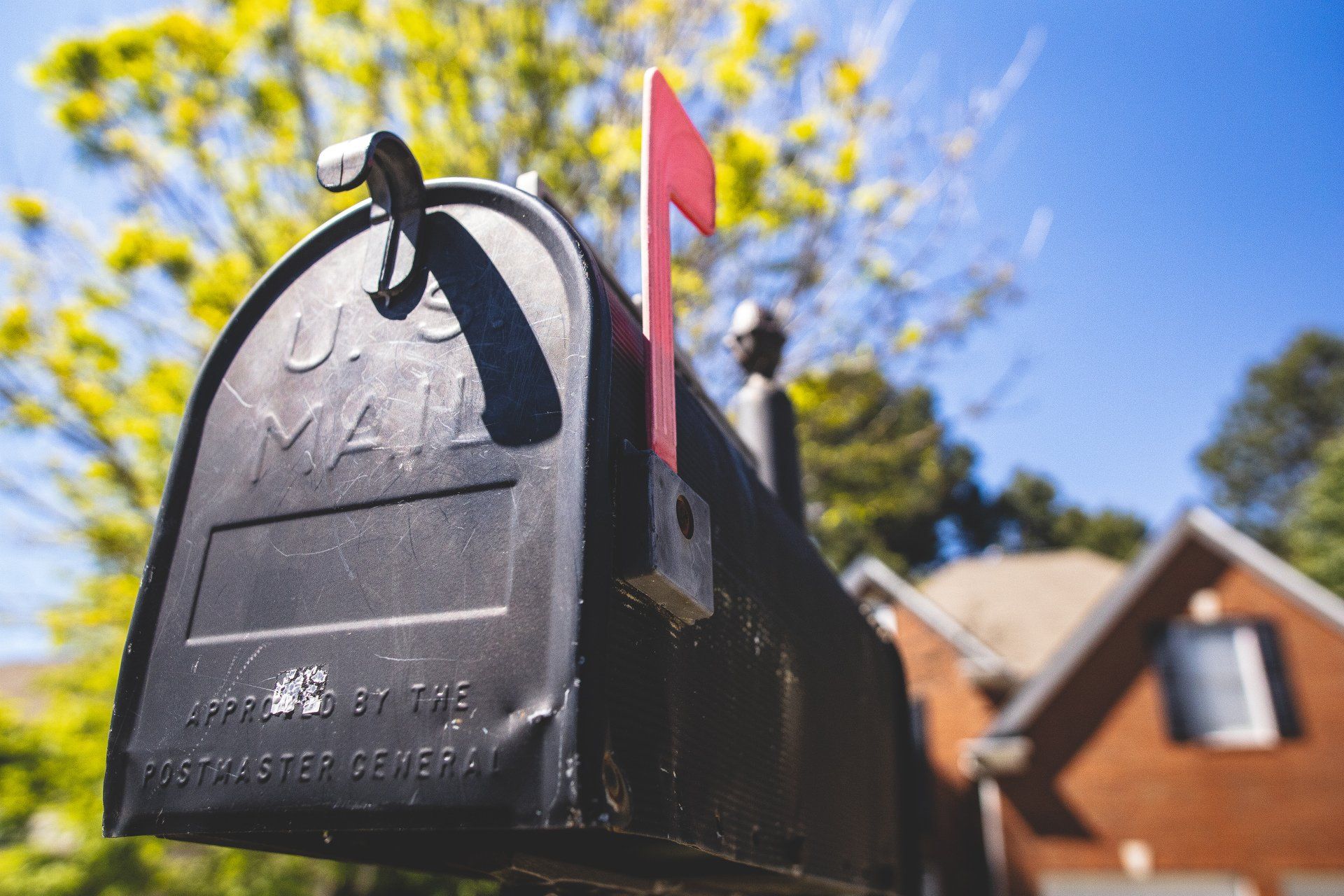
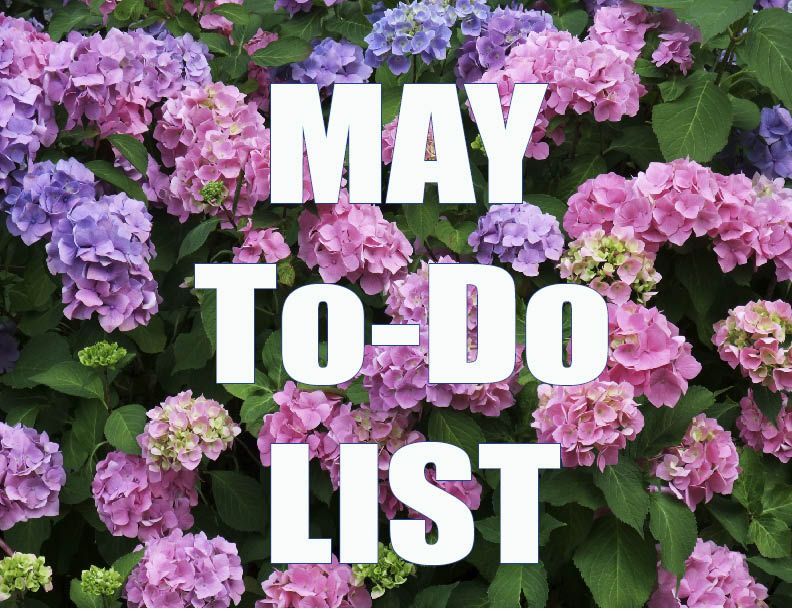
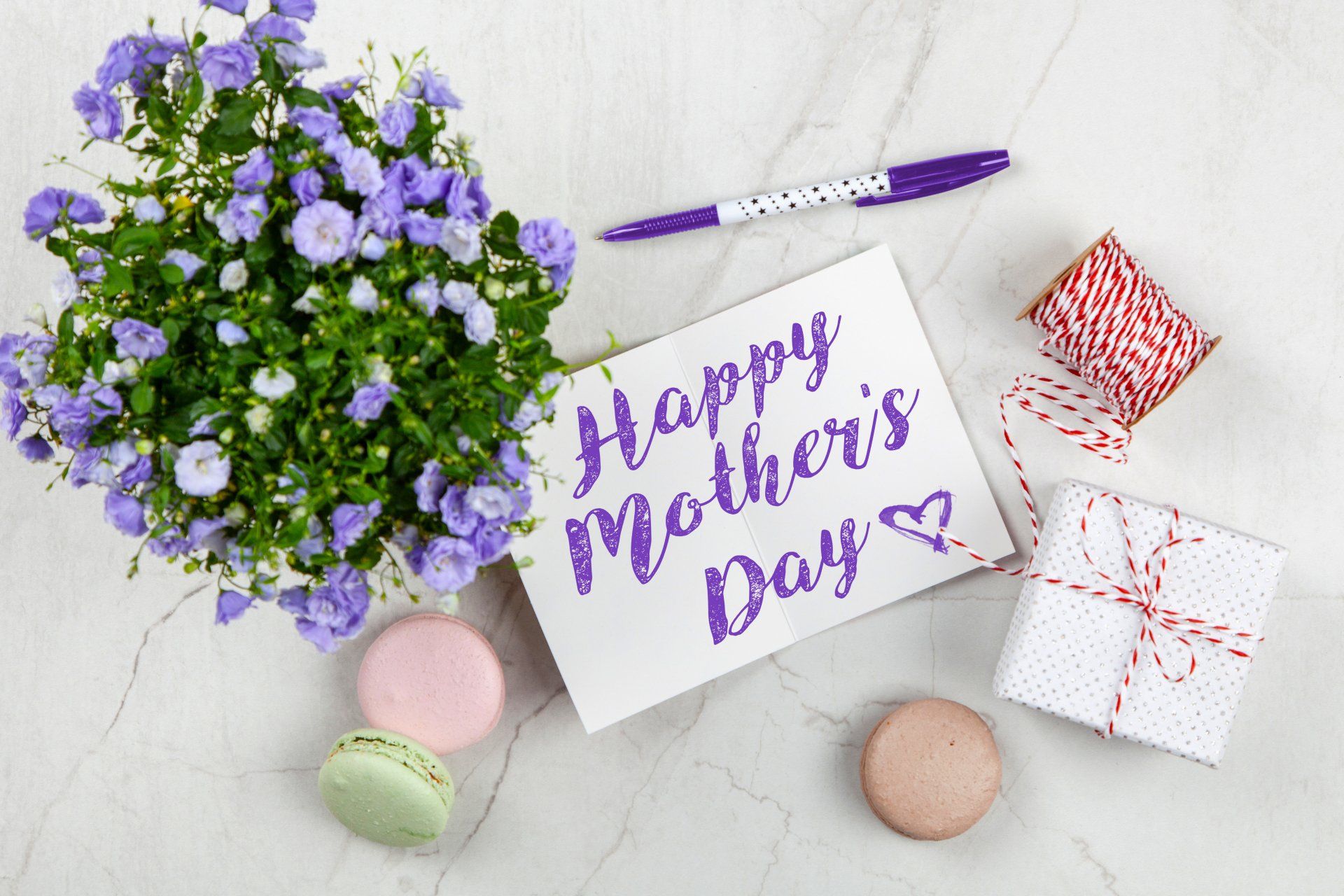
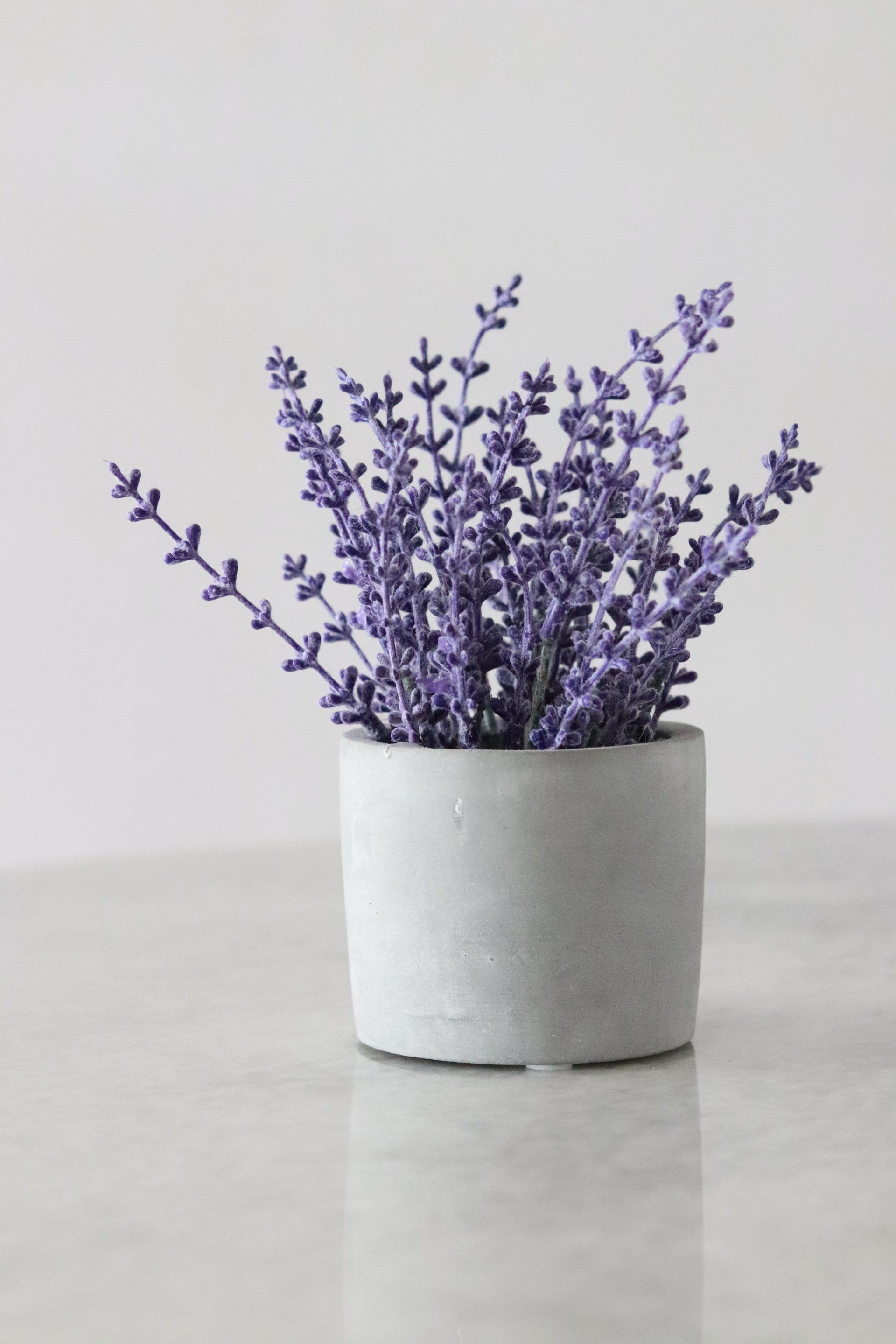

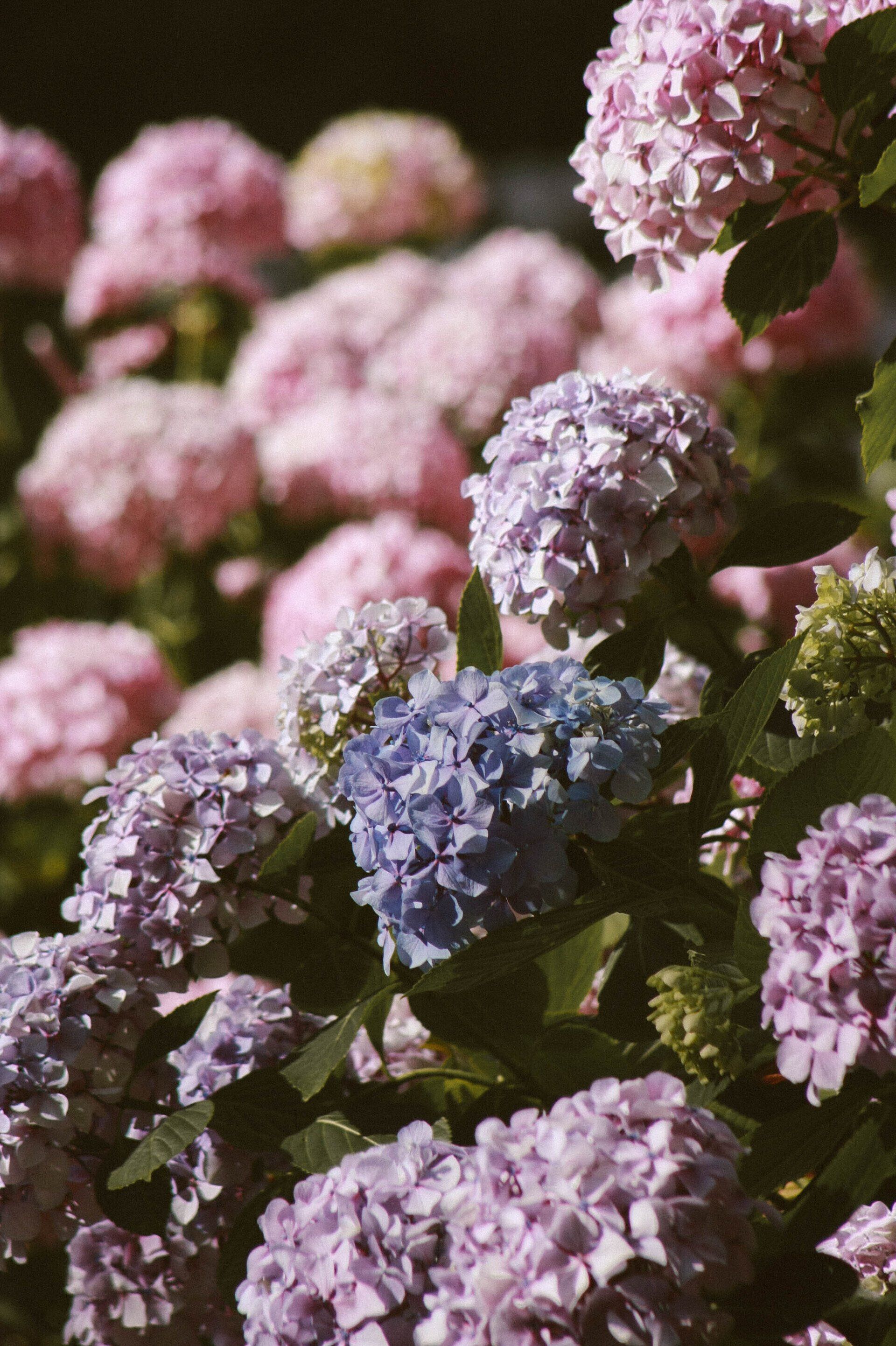
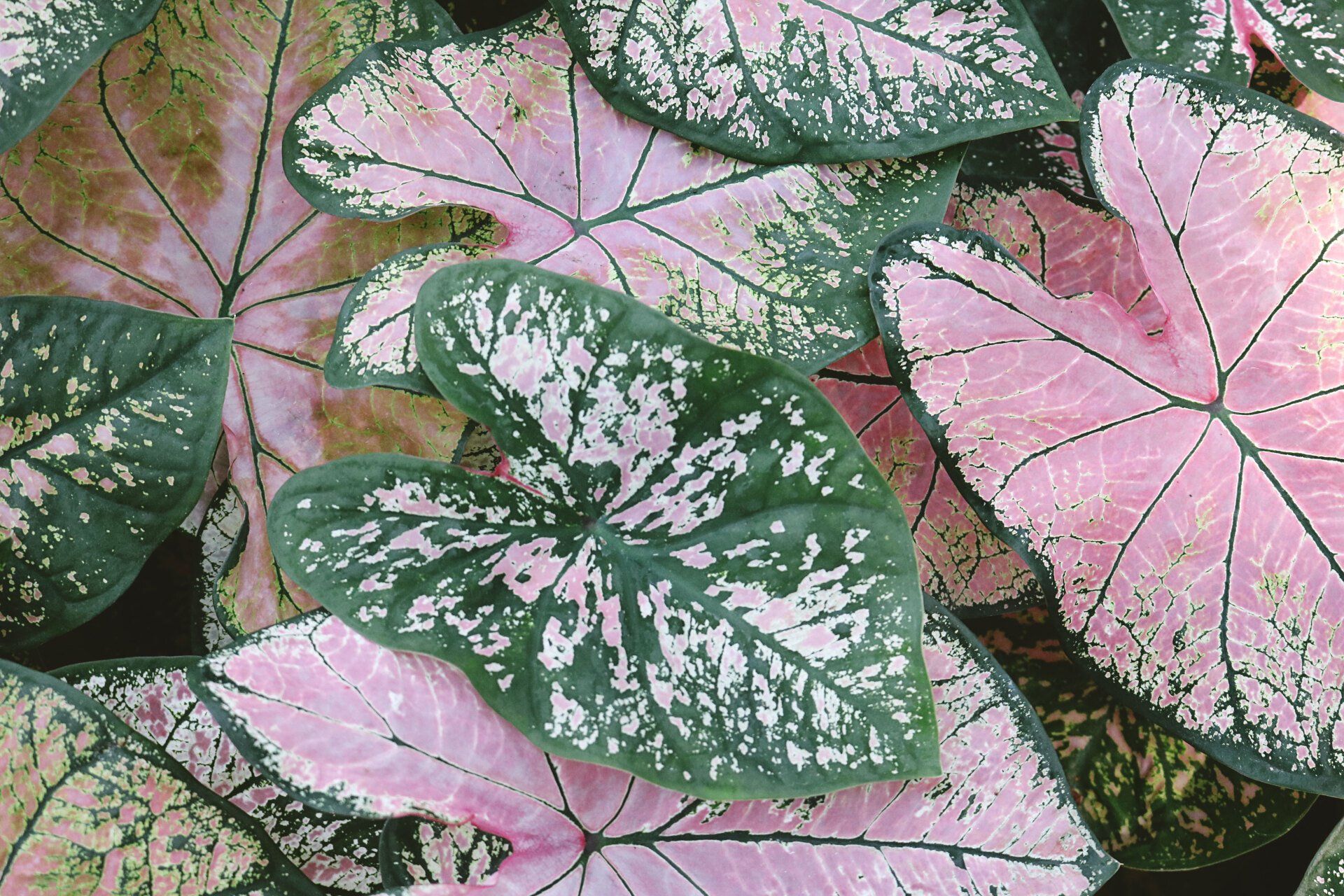
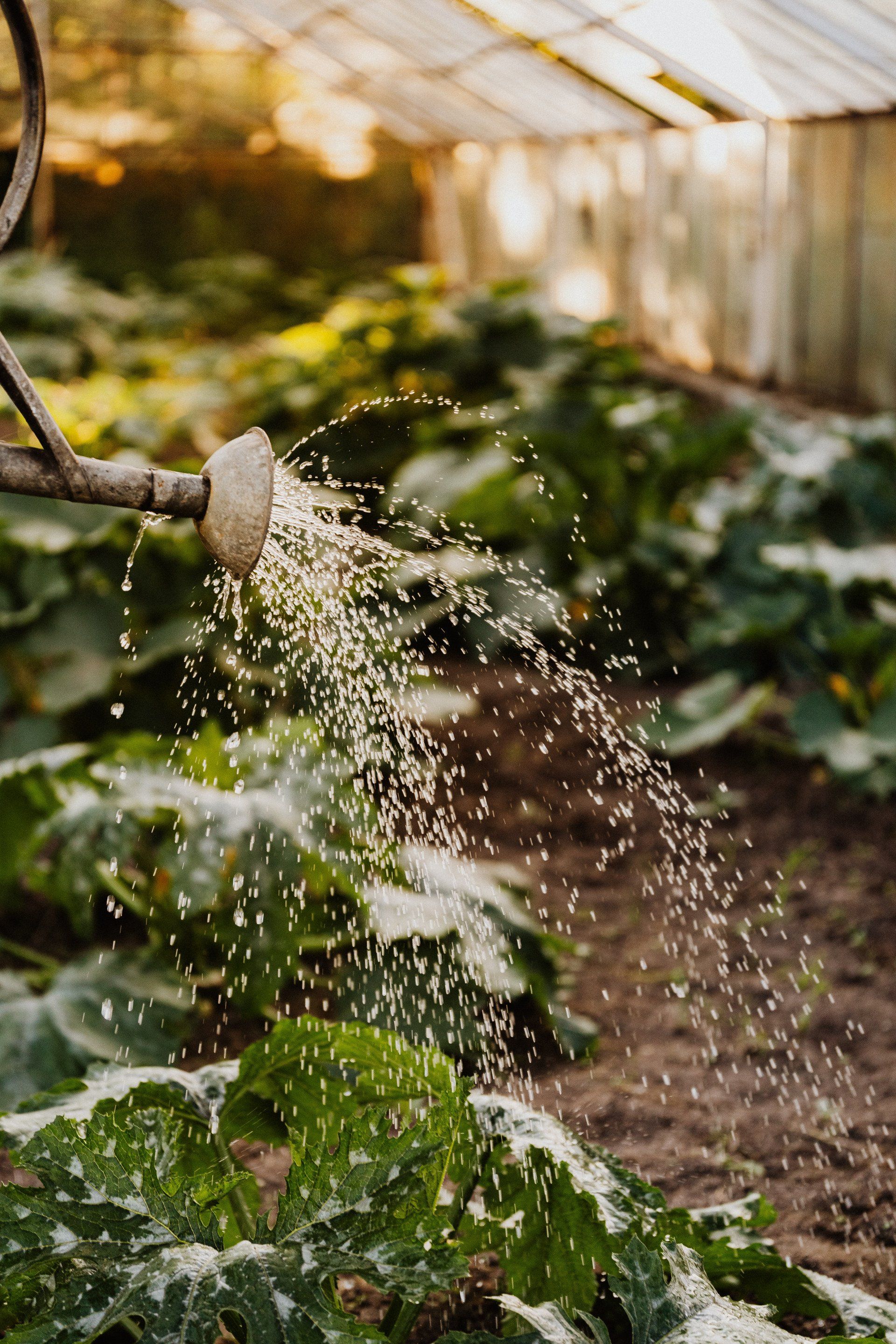
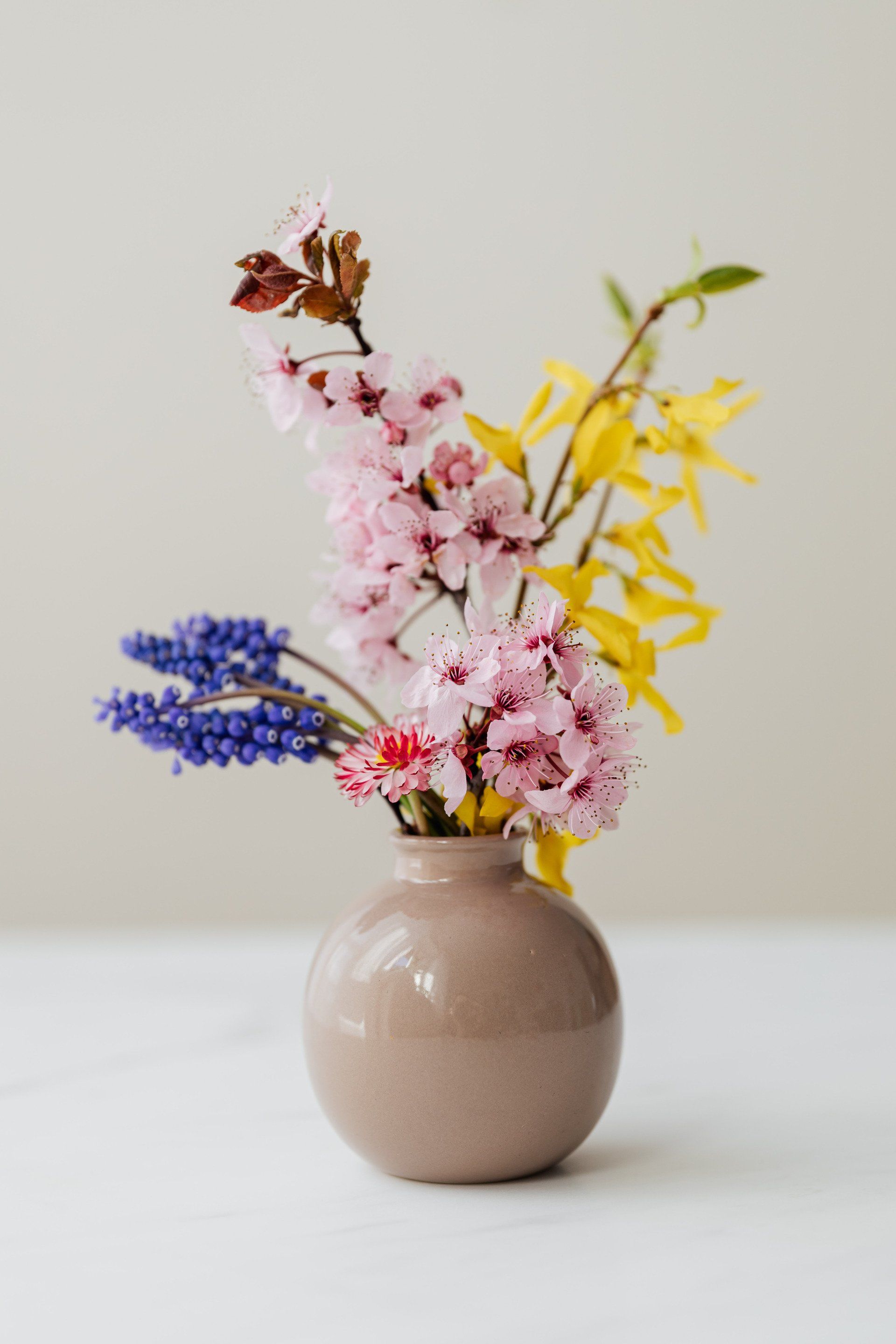
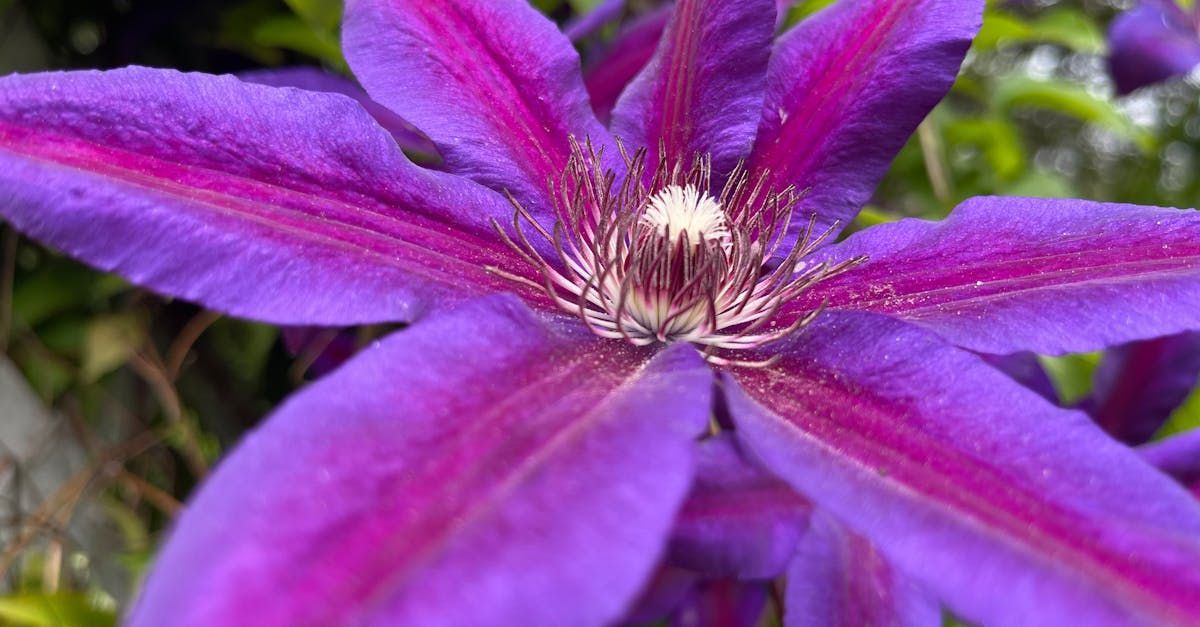
Browse Our Website
Our Services
Contact Information
Phone: (337) 264-1418
Email: info@buyallseasons.com
Location: 2974 Johnston St Lafayette, LA 70503
Business Hours:
Monday-Saturday: 9AM - 6PM • Sunday: 10AM - 5PM


